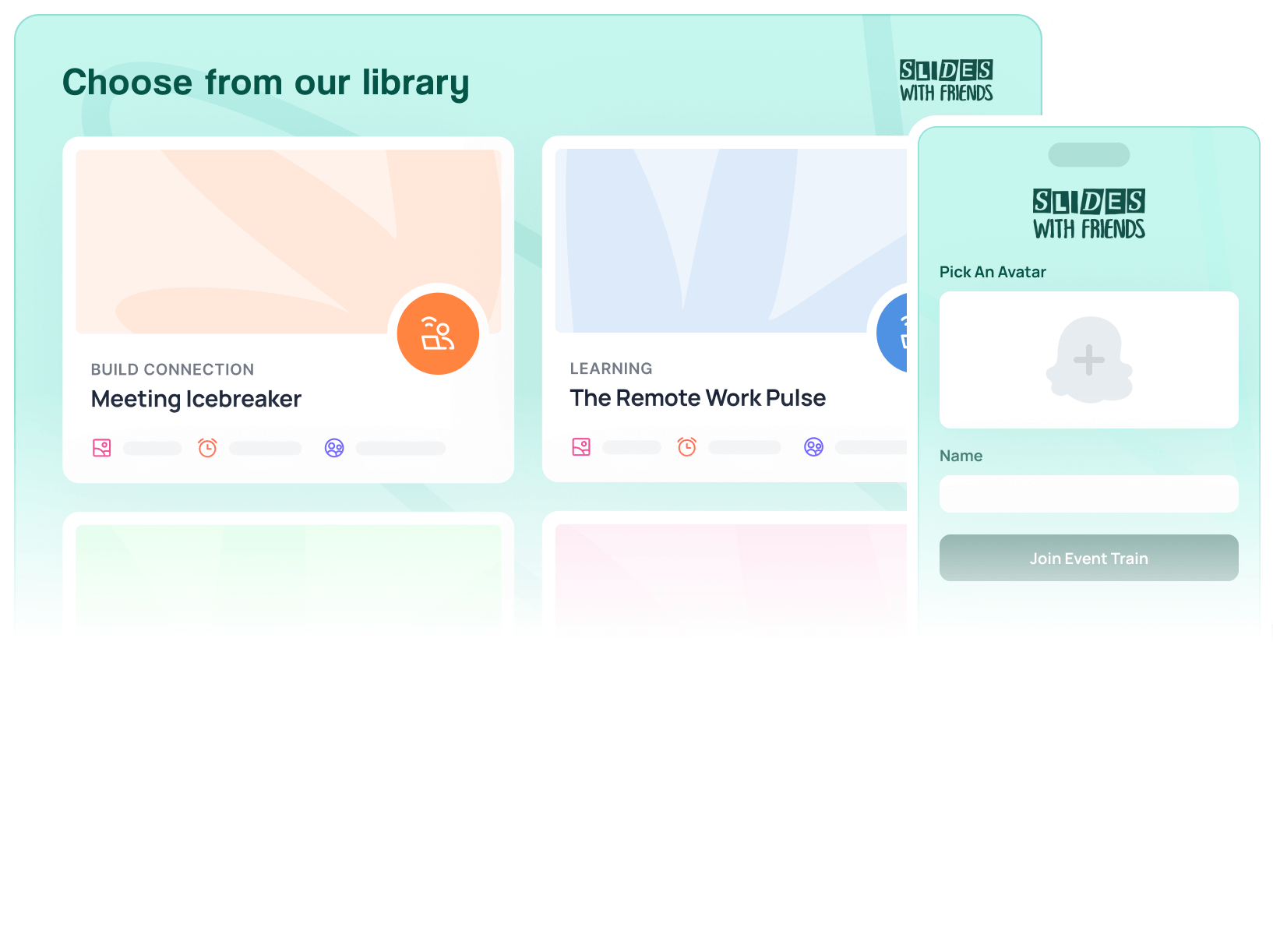6 Simple Ways to Create Team Alignment Today & Every Day
A misaligned team is one not working at its full potential. There are six steps you can take to foster alignment within your team to truly get results.

Every so often, one of your employees will miss a deadline or fail to achieve a goal. Infrequent mistakes like these are typical and don't always point to a more significant issue. But if your employees are regularly missing deadlines, miscommunicating, overlapping tasks, scheduling endless meetings, or worse, quitting the company, you have a bigger issue on your hands: A lack of team alignment.
Team alignment involves various employees from different departments moving toward a shared vision by accomplishing group and individual goals. With alignment, every employee understands how their contribution achieves the bigger picture and works together to make that bigger picture a reality. Without it, misalignment wreaks havoc not only on your team, but also on your company's future.
6 steps to fostering team alignment
While big organizations have built and maintained successful cross-functional teams, you can do the same. Team alignment isn't exclusive to major companies. Achieving it just requires you to take six specific steps.
1. Start by Making Your Big Picture Goals Crystal Clear
If you want team alignment, make sure every team member knows the exact goals they need to achieve. You can do this by using the SMART model, which requires you to create specific, measurable, achievable, relevant, and time-bound goals. This structure provides clarity and forges buy-in from employees, who will all appreciate knowing what targets to hit.
2. Then Tie Individual Goals to That Larger Vision
When you want cross-functional teams to work toward the same vision, you must explain how each team member's contribution will move the company forward.
This tip doesn't mean you should attribute each employee's goal to revenue. For some team members—like engineers—that metric won't be as relevant, so it's essential to figure out how each employee will help accomplish the bigger picture. That way, each person on the team works hard to get there.
3. Build Processes and Communication Strategies

You should create and maintain processes and communication methods to ensure your cross-functional teams and individual employees stay aligned.
Initially, you may need to review the processes and communication tactics already in place. Then, figure out what to keep, eliminate, and create. Just make sure that as you're planning everything, you still have three types of meetings in place:
- Results Meeting: Use this time to walk through your team's current results to encourage transparency and accountability.
- Status Check-In Meetings: During this meeting, give your team relevant updates and strategies to accomplish weekly or monthly goals.
- Alignment Meeting: If your team becomes misaligned, schedule this meeting to discuss what caused the problem and how your team can get back on track.
These three meetings will help your team continue to collaborate and coordinate with one another. And if you know how to plan engaging meetings, your employees will also be excited to join.
4. Guide Your Team by Providing Support
Without a great leader, any team will crumble, so make sure to guide your employees effectively. Build trust by listening to their concerns. Offer resources to help them achieve their individual and team goals. And provide support during challenging times by reminding them of the company vision. With a great leader, it's easier to keep employees with different skills, specialties, experiences, and backgrounds intact.
5. Use Team Alignment Tools
It's normal for businesses to use around 288 different SaaS apps to increase collaboration, productivity, and organization. However, this many apps can disorient your team and increase the chances of creating hidden work and information silos, which aren't conducive to team alignment.
So, don't focus on getting any and every collaboration tool out there. Instead, identify the team alignment tools essential to fostering connections between departments. Some great examples are Asana, Trello, Microsoft Teams, Slack, and Slide With Friends.
6. Promote Peer-to-Peer Collaboration
One day, millennials will make up most of the workforce. In fact, experts predict that 75% of the workforce will be millennials by 2030. Unlike other generations, 88% of this group prefers collaborative workplaces.
Keeping that in mind, if you want to create team alignment, don't develop a competitive environment that pits your employees against each other. Instead, promote trust and camaraderie so that your employees actually want to work together.
Why is a connected workforce important?
As a manager, creating team alignment should be your top priority. Without a connected workforce, you'll leave money on the table and it won't be a couple of pennies or dollars.
A lack of team alignment costs $1 trillion in the United States alone, and that amount only applies to poor coordination between marketing and sales teams. Add other departments into the mix and the number increases significantly.
On the other hand, a connected workforce sees 32% year-over-year revenue growth. Highly-aligned businesses also increase profits by 15%. Additionally, successful teamwork leads to better communication, increased productivity, employee engagement, and quicker decision-making.
And you can experience these benefits whether you manage a hybrid, remote, or in-person team.
How big companies achieve team alignment
Few brands have successfully fostered team alignment, but a handful of prominent companies have done so. In fact, here are three great examples:
- Cisco: This brand has an HR strategy that allows lower-level team members to help make top-level decisions. This tactic has created a collaborative work style that encourages everyone to participate in brainstorming new ways to achieve the company's shared vision.
- Nokia: This household name brand promotes team alignment by hiring people who already have experience leading or working on cross-functional teams.
- Northwestern Mutual Life: The managers at Northwestern Mutual Life encourage team alignment with cross-functional workshops that present opportunities for different departments to come together to achieve a goal.

Whether through hiring, workshops, or cross-level collaboration, major brands have effectively united their workforce, explaining why they’re so successful. Their accomplishments show the power of team alignment, and undoubtedly, these companies will continue to grow as they rely on teamwork and collaboration.
Collaboration makes achieving the vision possible

It's not easy creating team alignment, but it's worth it. When an entire company moves toward a shared vision, it achieves goals faster, ushering in long-term success.
So, take time to align your team. The journey may be uncomfortable, and you'll likely make mistakes along the way. But if you stay on the path and remain consistent in fostering team alignment, you'll play a significant role in achieving your company's big vision.


Ready to ditch the dull, and run team sessions that people will actually enjoy?
Get started with a Slides with Friends deck in no time. We’ve got all the interactive features you need in one easy-to-learn, easy-to-set-up tool.















